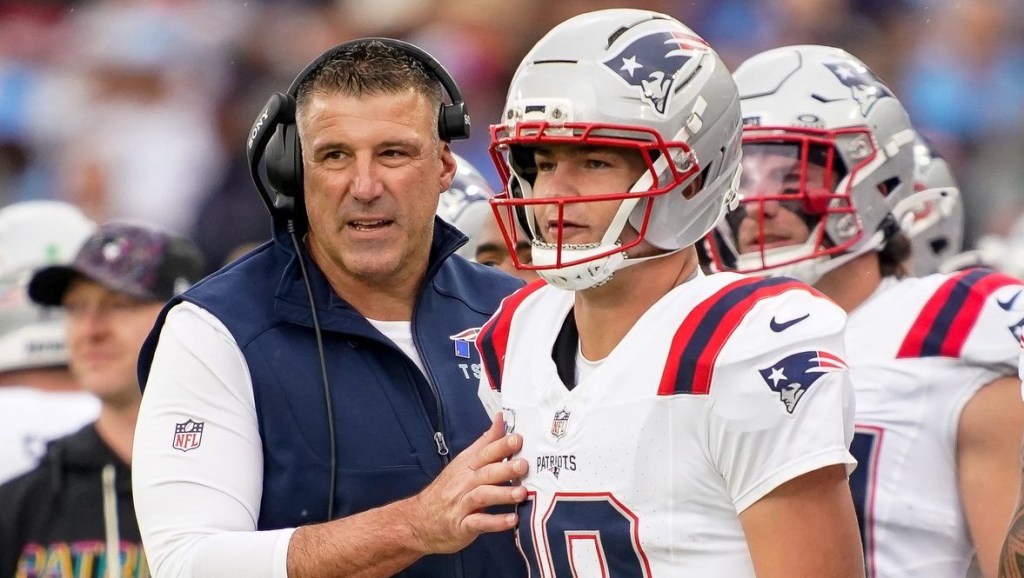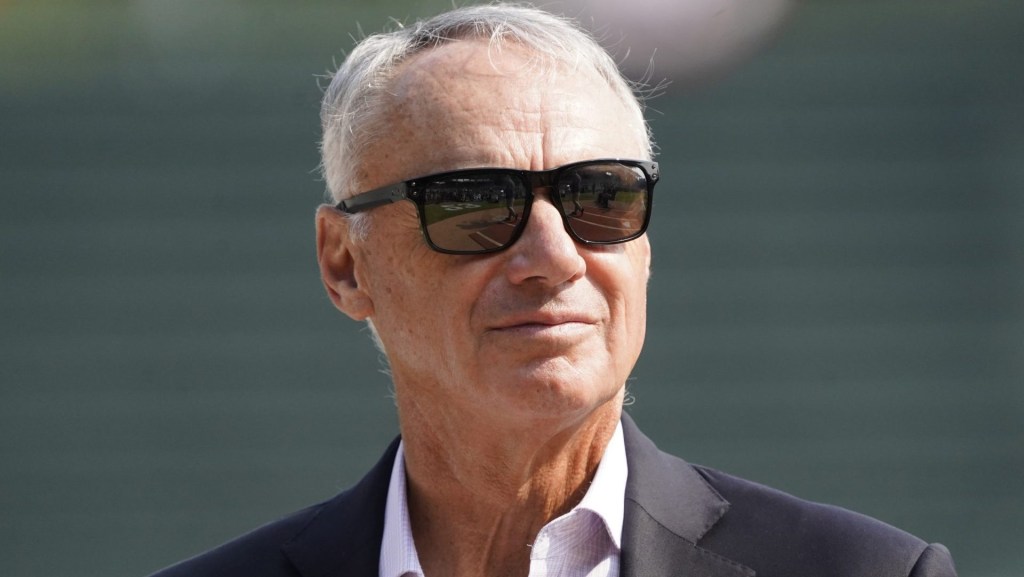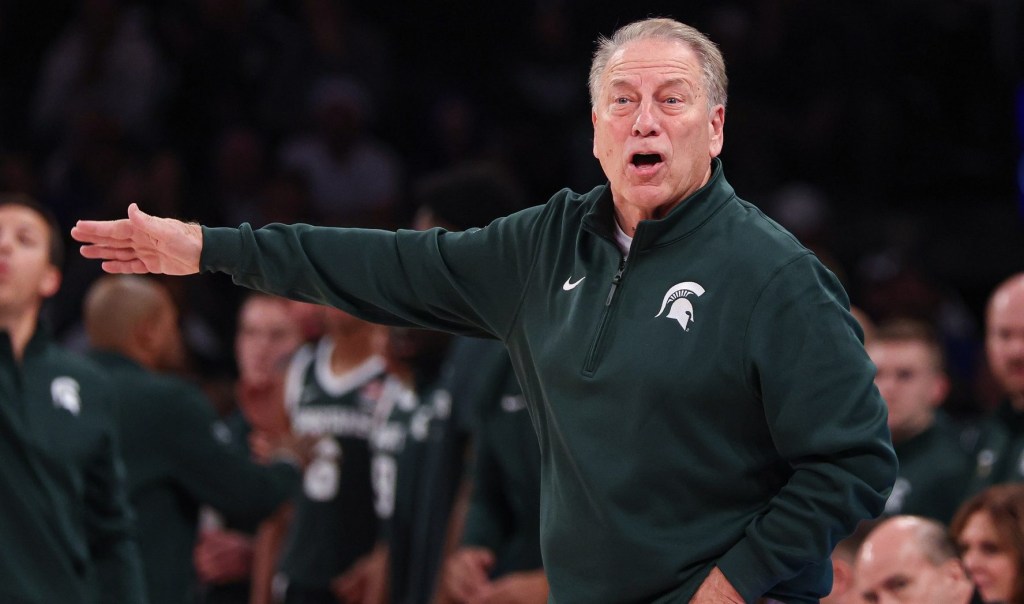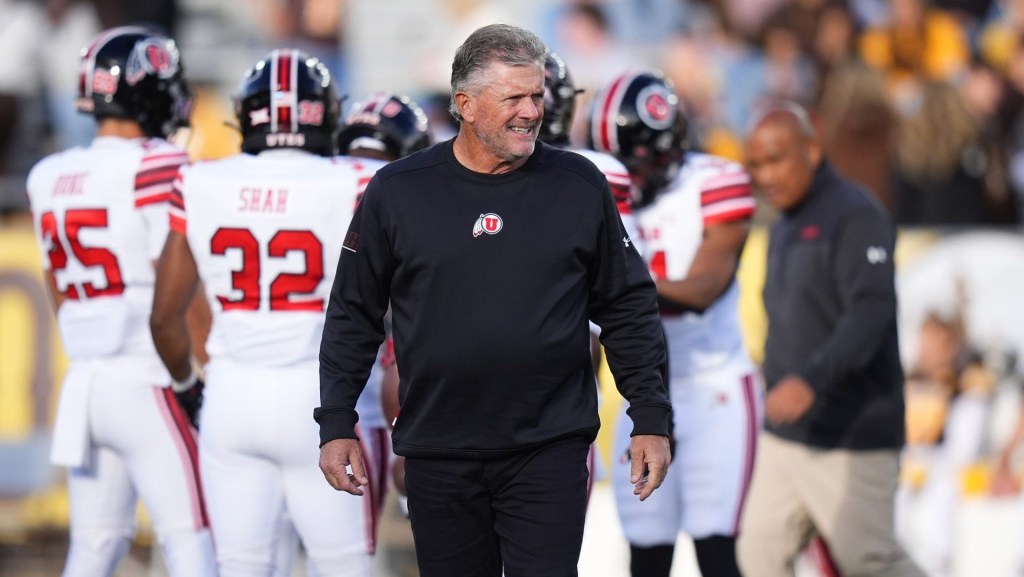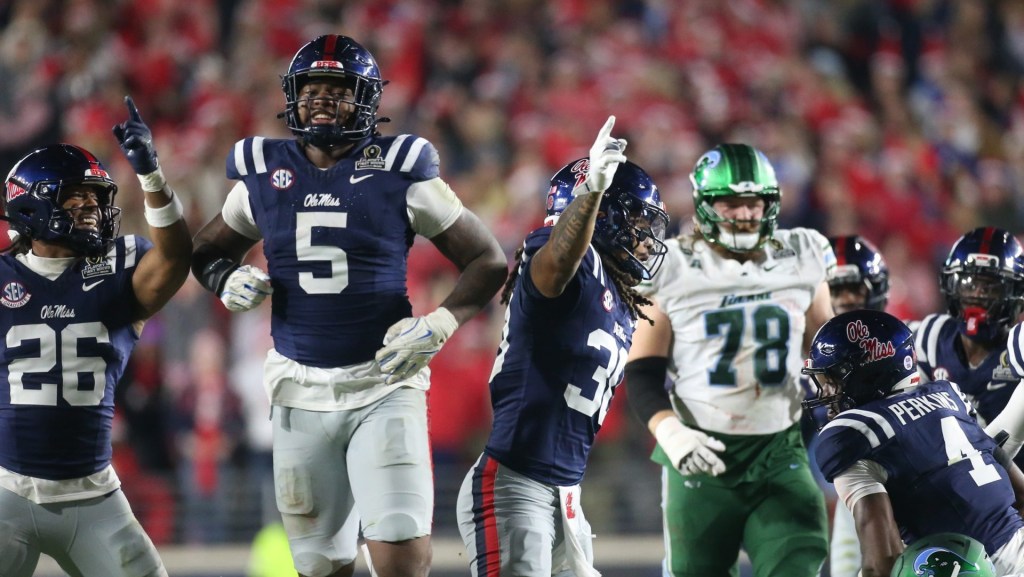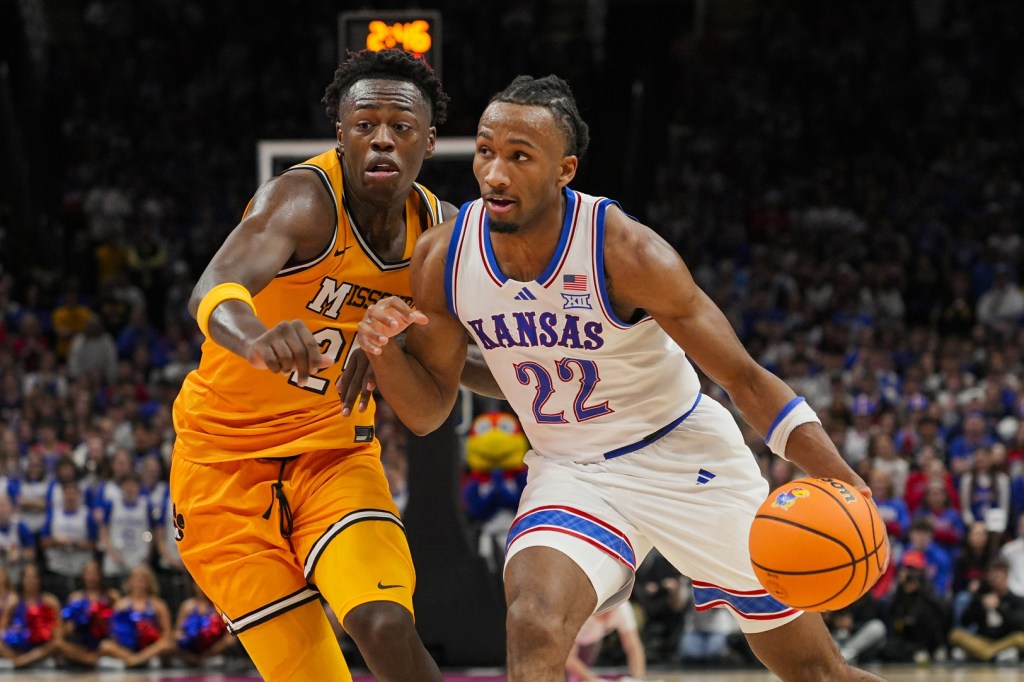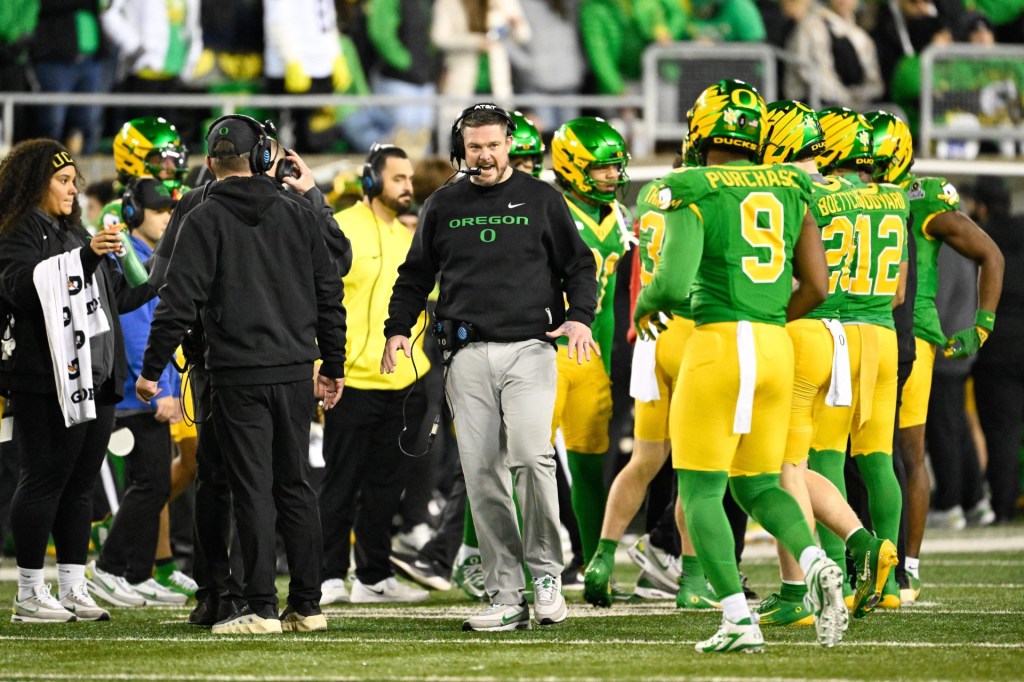Former Pac-12 members won big in their new conference title games on Saturday.
Arizona State and Oregon won the Big 12 and Big Ten championships, respectively, during their inaugural seasons in new conference homes—meaning that both have earned bids to the new 12-team College Football Playoff. (Every title game, in fact, included a conference newcomer, though SEC rookie Texas and ACC rookie SMU both lost to their more tenured counterparts.)
The success of former conference members is just more salt in the wound for the Pac-12 and its fans. The league was picked apart last summer after former commissioner George Kliavkoff failed to put together an enticing media deal—a failure that looks more egregious now that multiple former Pac-12 members are strong enough to make the Playoff, with undefeated Oregon holding the No. 1 seed.
The league appeared to be in a stable position in the summer of 2022, even after the announcement that USC and UCLA would leave for the Big Ten. The league’s media contract, considered the least lucrative of the then-Power 5 conferences, was up in July of 2024, and Kliavkoff said that he believed the conference was in prime position to sign an innovative deal that would increase its annual media rights fees.
But a series of missteps ruined that opportunity. First, the Big 12, led by commissioner Brett Yormark, leapfrogged the Pac-12 by re-upping its media deal with FOX and ESPN in the fall of 2022, even though the existing deal wouldn’t expire until 2025. At the time, top broadcasters like ESPN were tamping down their media buys—leaving less money to go around. The Pac-12’s university presidents appeared unwilling to accept the realities of the landscape, refusing multiple reasonable offers that Kliavkoff brought them. They vastly overvalued the league’s worth, reportedly asking for $50 million per year per school.
By the end of July, the only offer left was a package with Apple TV+ that would guarantee just $20 million per school per year to start, though there was a possibility of escalator fees. Other existing media deals promised at least $30 million. Oregon and Washington opted to bolt for the Big Ten, a choice bankrolled by Fox, which agreed to pay each school between $30-$40 million per year, Front Office Sports reported at the time. Arizona, Colorado, Utah, and now league champion Arizona left for the Big 12. Stanford and Cal (along with SMU) joined the ACC.
By the end, the Pac-12 was left with just two members: Oregon State and Washington State.
The league will live on—it has since added several new members under the direction of new commissioner Teresa Gould (and one incoming member, Boise State, also won its league championship and has solidified a Playoff spot). But the success of its former members just further proves that the Pac-12 could have been a lucrative media property. It didn’t have to end this way.


